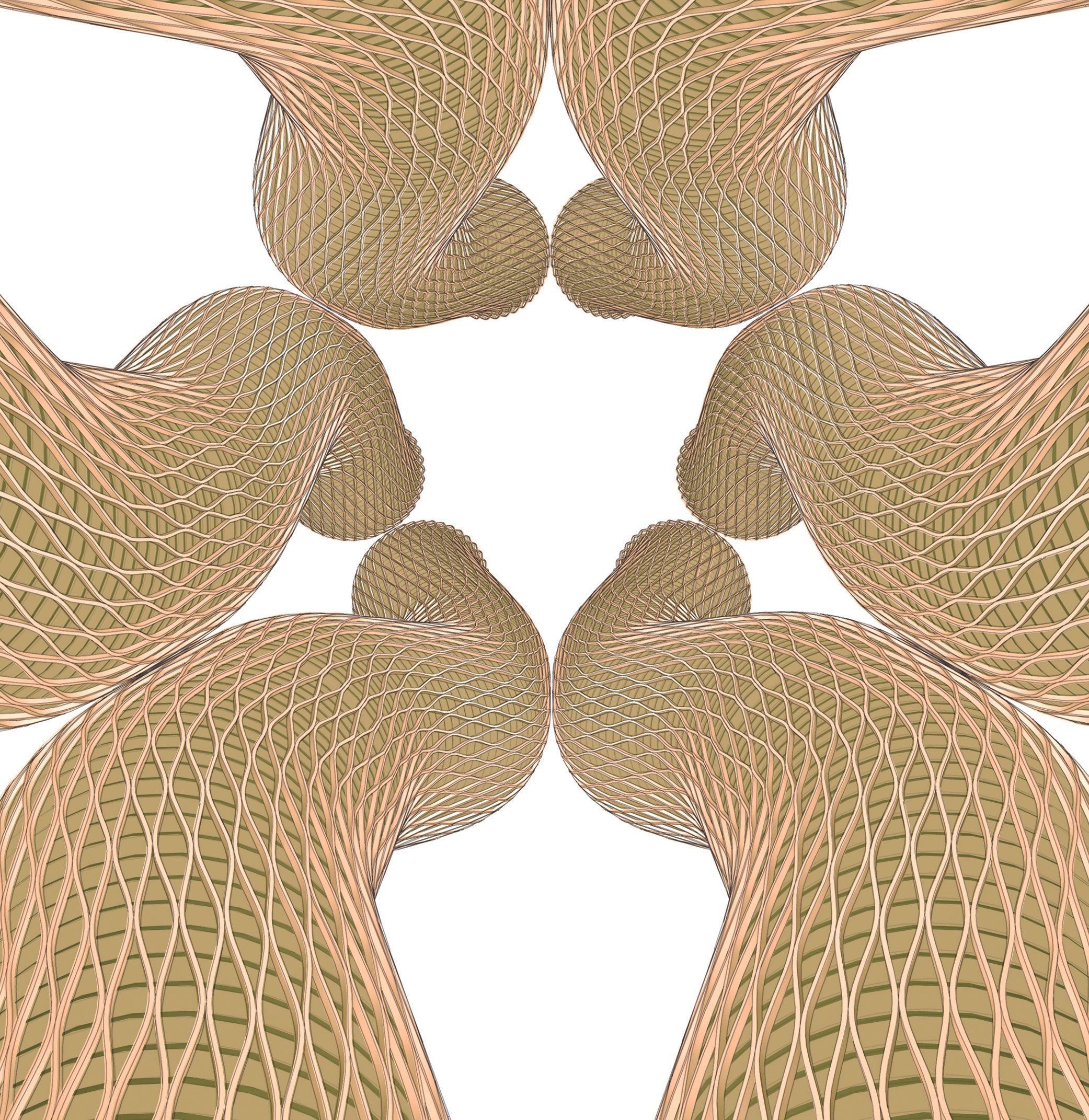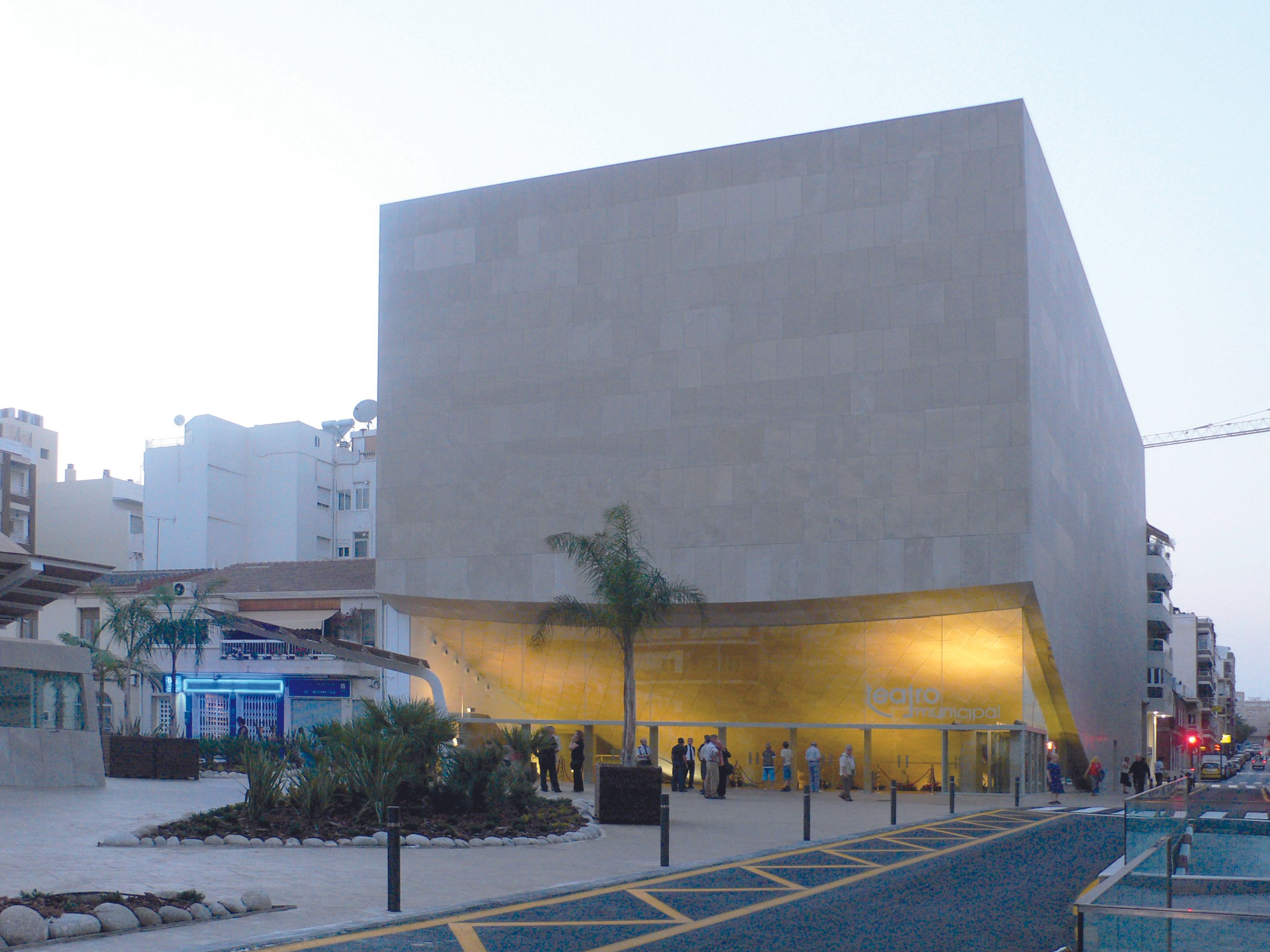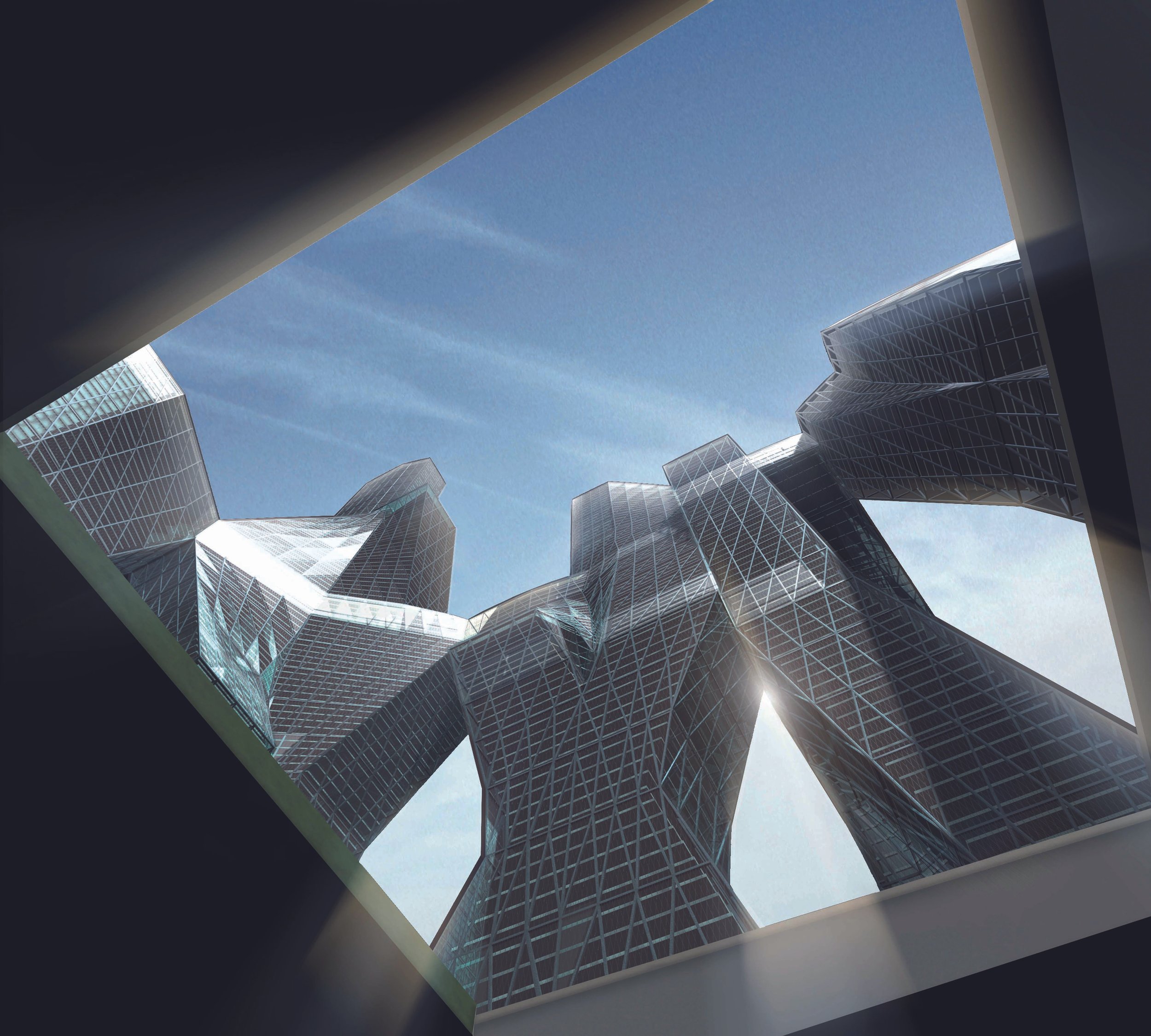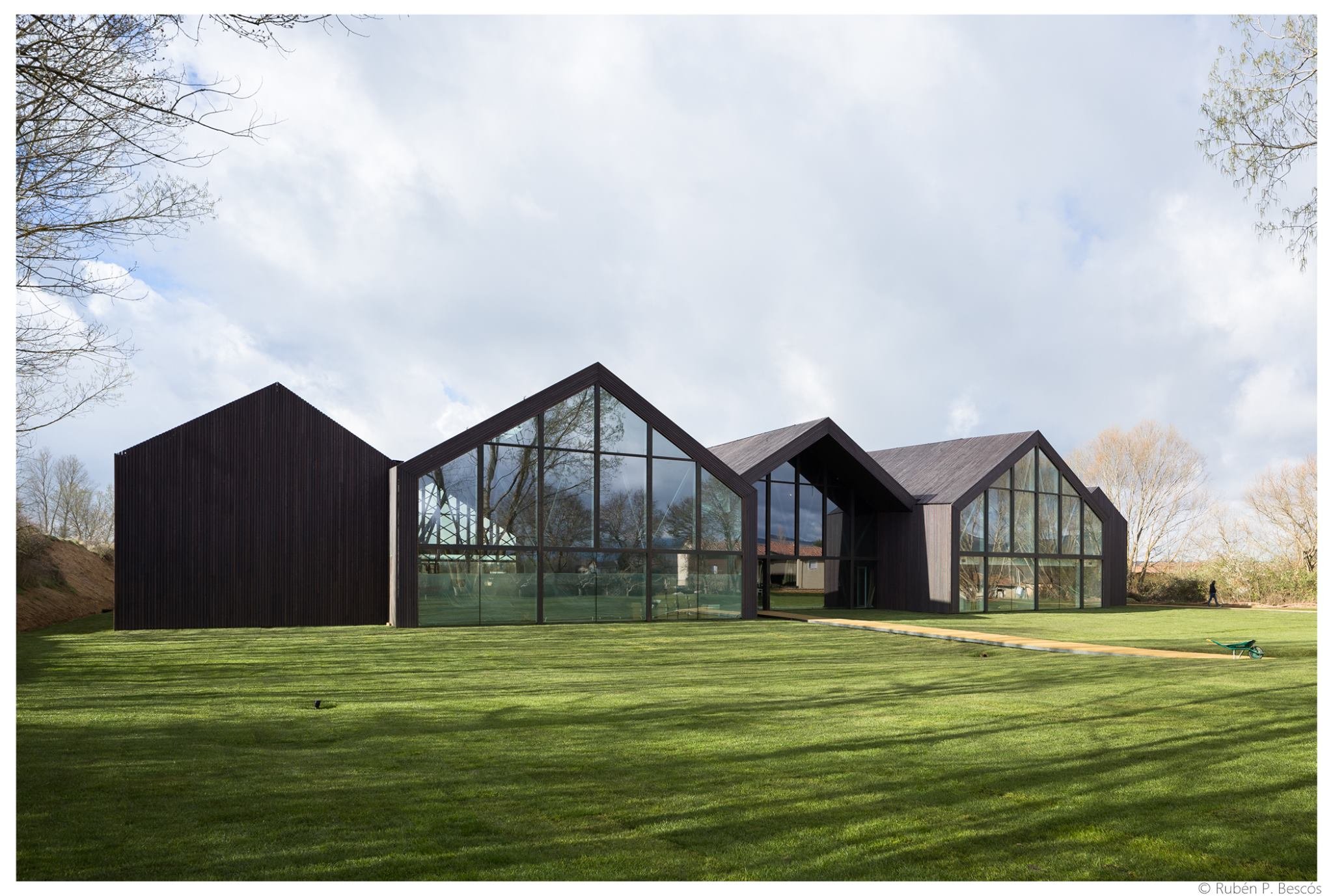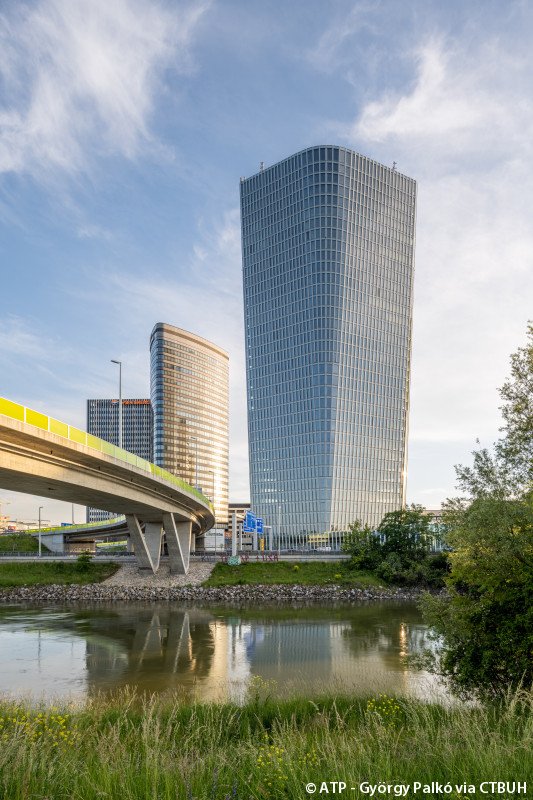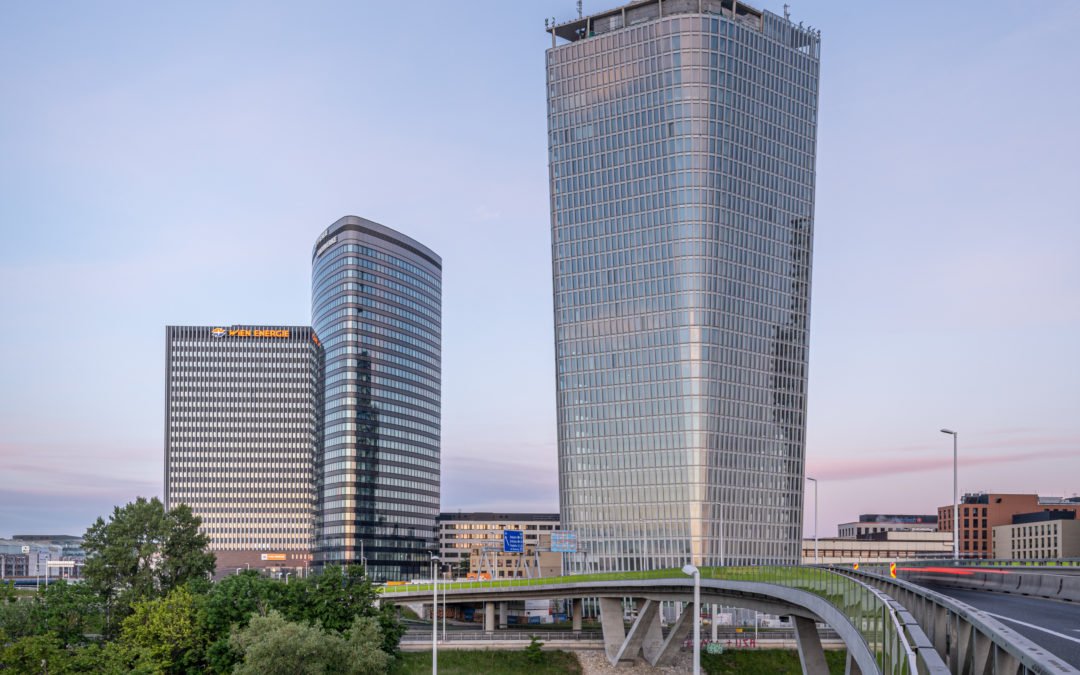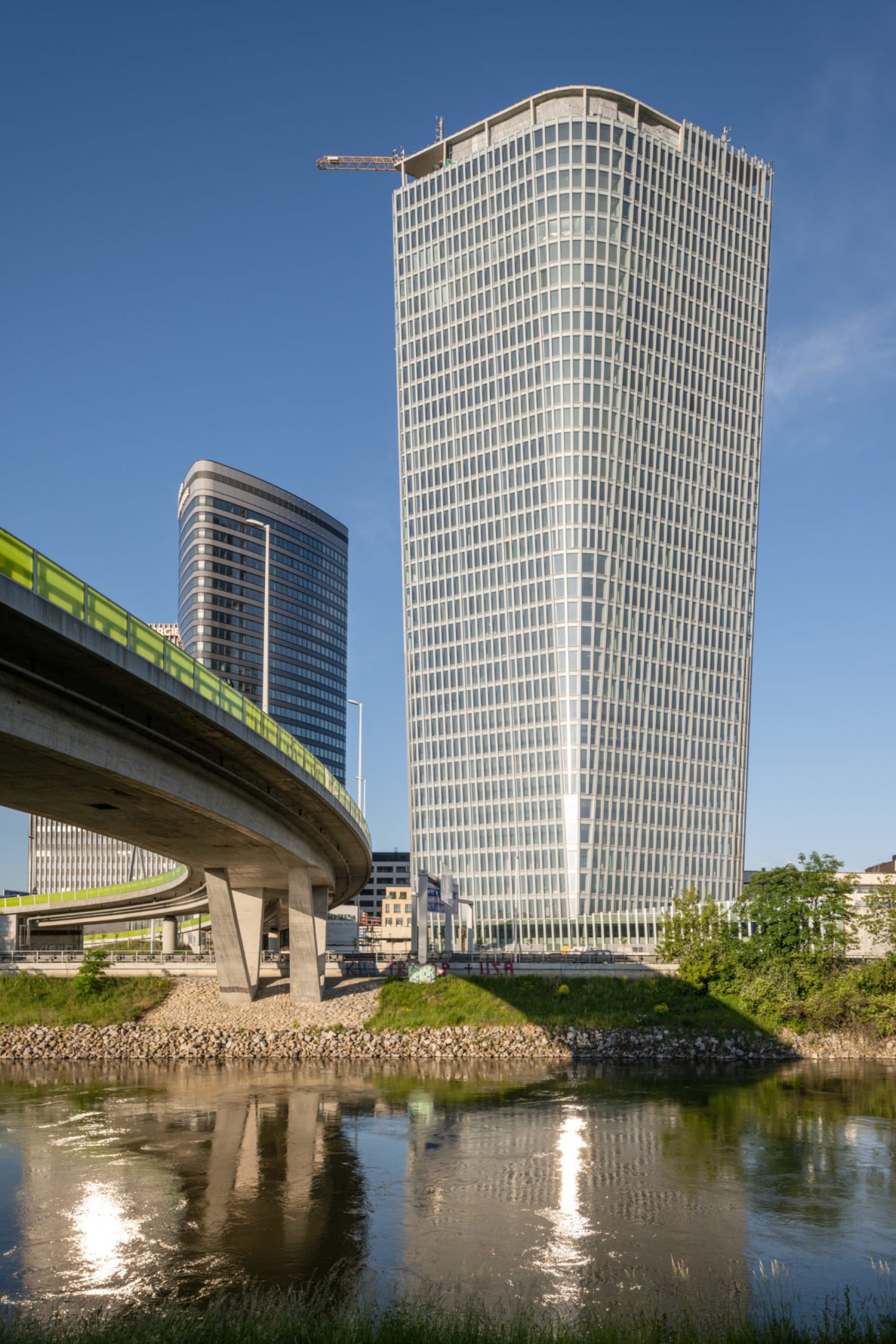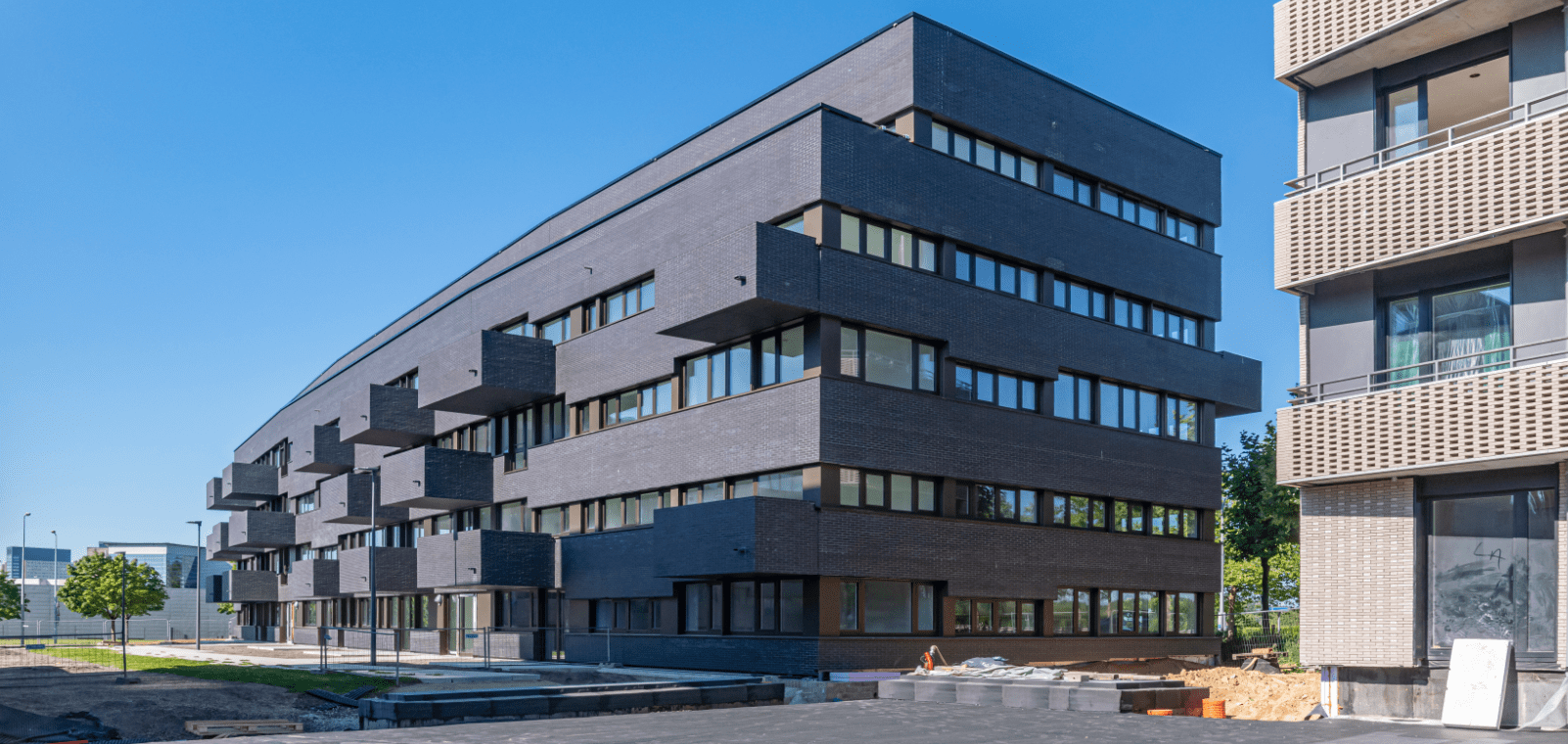#388 - ALEJANDRO ZAERA-POLO, Founder of AZPML
SUMMARY
This week David and Marina of FAME Architecture & Design are joined by Architect and Scholar Alejandro Zaera-Polo, Founder of Alejandro Zaera-Polo & Maider Llaguno Architecture to discuss his background; studying architecture; working at OMA; starting his own practice; winning the Yokohama Terminal Project; teaching; his time at Princeton University; contemporary academia; and more. Enjoy!
ABOUT ALEJANDRO
Alejandro Zaera-Polo graduated from the Escuela Técnica Superior de Arquitectura de Madrid with Honors in 1988 and obtained an MARCH2 degree from Harvard GSD with Distinction in 1991. He worked at OMA in Rotterdam prior to establishing first FOA in 1993, an international award winning practice that built projects such as the Yokohama International Cruise Terminal in Japan and participated in projects such as the Ground Zero competition in New York, and the London Olympics masterplan. In parallel to his professional activities, Alejandro Zaera-Polo has developed a substantial role within academia. He was the Dean of the School of Architecture at Princeton University and was the Dean of the Berlage Institute in Rotterdam. He was a Visiting Professor at Princeton University and the inaugural Norman R. Foster Visiting Professor at Yale School of Architecture. Alejandro is currently Professor of Architecture at the School of Architecture in Princeton University as well as the co-director of the Seoul Architectural Biennale 2017. He has published extensively in El Croquis, Quaderns, A+U, Arch+, Volume, Log and many other international magazines and is a member of the London School of Economics Urban Age project. He published Sniper’s Log, a compilation of his most relevant writings and is currently working on the book the Ecologies of the Envelope. The work of Alejandro Zaera-Polo has been widely published and exhibited. It represented Britain at the 8th Venice Architecture Biennale in 2002; he has received the Enric Miralles Prize for Architecture, seven RIBA Awards, the 2004 Venice Architecture Biennale Award, and the Charles Jencks Award for Architecture.
TIMESTAMPS
(00:00) Background.
(05:36) Architecture education.
“On average, when I was there, people took approximately 12 years to finish because [school] was very difficult and people didn’t pass very often… So the default condition is that you failed basically.” (07:42)
(30:50) Working at OMA.
(39:22) Starting a practice.
“The idea of people from different cultures coming together and talking about one issue but having, in a way, the freedom to not having to comply with certain, orthodoxies, or etiquettes, is liberating.” (41:00)
(49:55) Yokohama Terminal Project.
(57:56) Technology in architecture.
“I always think that every technology has certain drawbacks, but generally speaking, I think you are enabled rather than disabled by these tools.” (58:23)
(01:06:37) Teaching.
(01:18:38) Princeton University.
“I thought that actually what the School of Architecture could do for the university was to try to develop some sort of middle ground, because I believe that architecture, one of the things that it does is that it it mediates between the hard science or the technologies and the humanities. So that's how I saw the kind of shift towards a more scientific or more technically driven program.” (01:26:32)
(01:54:20) Cultural impact on academia.
“I don’t dislike Liz’s work, it’s not a negation of her work or her capacity, but think Diller Scofidio Renfro are the perfect embodiment of the woke spirit because it's an office made by a black man, a Jewish woman, and a gay guy. So every form of difference is embodied in the practice. I think that is one of the reasons for their success, because they were some of the earlier people who realized that there was potential in exploiting these identity politics to thrive.“ (01:56:30)
“Back then, I thought that there needs to be a certain affirmative action. I now think it shouldn’t. I think that things should not be based on identity ever. That has been a certain radicalization on my part.“ (01:57:50)
(02:20:09) Favorite building.










